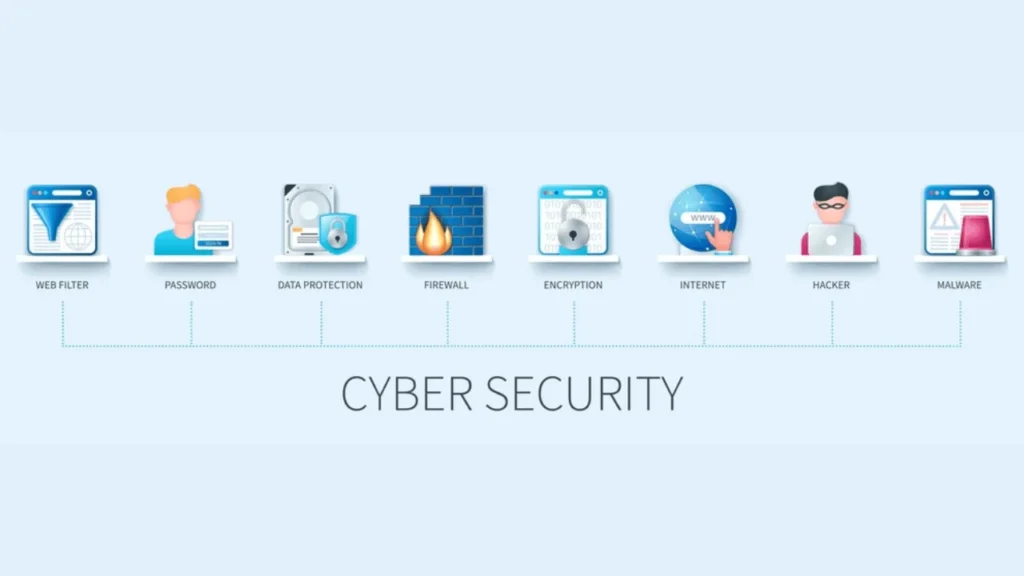It’s imperative to understand the emerging threats in cybersecurity when it comes to securing the cloud. As technology advances, so do the cyber threats that target cloud environments. In this blog post, we will examine into the critical aspects of cloud security and explore strategies to protect against these evolving threats. Stay informed and vigilant to safeguard your organization’s valuable data in the digital age.
Key Takeaways:
- Continuous Monitoring: Implement continuous monitoring tools and processes to quickly detect any potential security breaches or vulnerabilities in the cloud environment.
- Multi-factor Authentication: Enforce multi-factor authentication for enhanced security, requiring users to provide multiple forms of verification before accessing cloud resources.
- Encryption: Utilize encryption techniques to protect data both in transit and at rest within the cloud, safeguarding sensitive information from unauthorized access.
- Secure Configuration: Adhere to security best practices by configuring cloud environments with the latest updates, patches, and secure settings to prevent cyber threats.
- Incident Response Plan: Develop a comprehensive incident response plan outlining the steps to take in the event of a security breach, ensuring a swift and effective response to mitigate risks.
Understanding the Cloud Environment
Cloud Service Models: SaaS, PaaS, IaaS
On the surface, the cloud can seem like a vast and complex environment. However, breaking it down into its key service models – Software as a Service (SaaS), Platform as a Service (PaaS), and Infrastructure as a Service (IaaS) – offers a clearer understanding. SaaS provides users with access to software applications hosted on the cloud, PaaS offers development platforms and tools, while IaaS delivers virtualized computing resources over the internet.
Deployment Models: Public, Private, Hybrid
SaaS deployment models – public, private, and hybrid – determine who can access and use the cloud-based services. A public cloud is accessible to anyone over the internet, a private cloud is dedicated to a single organization, and a hybrid cloud combines elements of both public and private clouds.
Emerging Threats in Securing the Cloud
Advanced Persistent Threats (APTs)
You must be vigilant against Advanced Persistent Threats (APTs) to safeguard your cloud infrastructure. APTs are targeted cyber attacks carried out by adversaries who gain unauthorized access to a network and remain undetected for an extended period. To combat APTs effectively, consider the following:
- Continuous Monitoring: Regularly monitor network traffic and behavior for any anomalies.
- Multi-Factor Authentication: Implement strong authentication methods to prevent unauthorized access.
- Regular Security Audits: Conduct routine security audits to identify and address vulnerabilities.
Insider Threats
APTs pose a significant risk, but do not overlook the potential threat from insiders. Insider threats, whether unintentional or malicious, can compromise sensitive data and disrupt operations. Mitigate insider threats by:
Monitoring User Activity: Keep track of user actions and detect any suspicious behavior.
Implementing Least Privilege Access: Restrict user access rights to only what is necessary for their roles.
Employee Training: Educate employees on security best practices and the importance of safeguarding sensitive information.
Proactive Measures and Best Practices
Identity and Access Management (IAM)
Identity and Access Management (IAM) is crucial in securing the cloud infrastructure. Organizations must ensure that only authorized users have access to sensitive data and applications. Implementing multi-factor authentication, role-based access controls, and regular access reviews can help mitigate the risk of unauthorized access.
Data Encryption and Protection Strategies
Strategies for data encryption and protection are vital in safeguarding information from unauthorized access. Encryption algorithms can help protect data at rest and in transit, ensuring that even if a breach occurs, the data remains unreadable to unauthorized parties.
Another important aspect of data protection is implementing robust data loss prevention measures. By monitoring and classifying data, organizations can detect and prevent data exfiltration attempts, further enhancing the security posture of the cloud environment.

The Future of Cloud Security
The Role of Artificial Intelligence and Machine Learning
Now, more than ever, artificial intelligence (AI) and machine learning (ML) are playing a crucial role in securing the cloud. With the increasing complexity and volume of cyber threats, traditional security measures are no longer sufficient. AI and ML technologies can analyze vast amounts of data in real-time to detect and respond to potential security breaches swiftly and effectively, providing proactive protection for cloud environments.
Legislative and Regulatory Trends
Legislative and regulatory trends are shaping the future of cloud security as governments worldwide are enacting stricter data protection laws and regulations. Organizations that fail to comply with these laws may face severe penalties and damage to their reputation. It is crucial for businesses to stay informed about the evolving legislative landscape and ensure their cloud security practices align with these standards.
Learning More
One of the most important legislative trends in cloud security is the implementation of GDPR (General Data Protection Regulation) in the European Union, which sets strict guidelines for the handling of personal data. Organizations must prioritize compliance with these regulations to avoid hefty fines and maintain consumer trust. By staying informed and adapting to legislative changes, businesses can enhance their cloud security posture and mitigate potential risks.
To wrap up
Conclusively, as organizations continue to embrace cloud technology, it is imperative to stay vigilant and address the emerging threats in cybersecurity. By implementing robust security measures such as encryption, multifactor authentication, and regular security audits, businesses can enhance their defense mechanisms against cyber threats in the cloud. Additionally, staying informed about the latest cybersecurity trends and continuously training employees on best security practices is crucial in safeguarding sensitive data and maintaining information security. Securing the cloud requires a proactive approach that evolves with the ever-changing threat landscape, ensuring that organizations can harness the benefits of cloud computing while mitigating potential risks effectively.